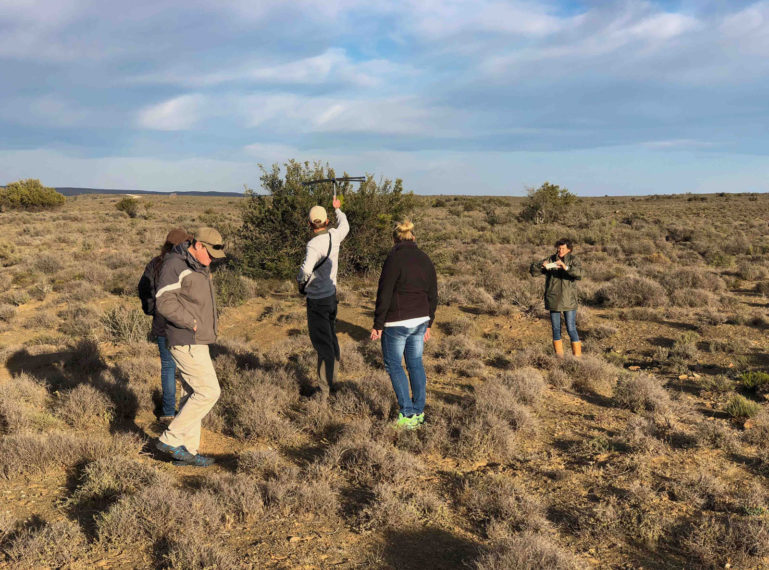
Roam Private Game Reserve is home to a coalition of 2 cheetah brothers that were relocated from Tiger Canyons in the Free State. Recently, the experienced team from ASHIA conducted a site inspection of the area and spent many hours closely observing the current coalition and their ability to be successful in the wild. ASHIA was there with the intention of surveying the surrounds and analysing the habitat for possible release of other captive bred cheetah into the wild at Roam. The ultimate aim of Roam is to allow guests to observe cheetah in a safe environment, where there is zero interaction with the cats.
The population of cheetah in the wild has dwindled at a rapid since 2016, which means cheetah conservation projects need to put on a united front and make a concerted effort to thwart the drop in numbers. Re-introducing cheetah into the wild, and into areas where they previously thrived, is one way of increasing the alarming decline in numbers.
If you recall, we recently wrote about Roam’s decision to rehome cheetah into the Great Karoo as part of ongoing conservation projects that focus on re-introducing species that once thrived on the rugged and unforgiving terrain of the Karoo’s heartland. The decision to bring cheetah into the reserve was not taken lightly, and a team of leading conservationists from EWT played a vital role in getting the cheetah established at Roam.
Vincent Van Der Merwe, who heads up the Cheetah Range Expansion Project, aims to manage the genetics of Southern Africa’s wild cheetah population. Through this project they are able to supply small reserves, such as Roam, with cheetah while ensuring the population as a whole remains genetically viable. Any cheetah cubs from Roam would be part of this project and be introduced to reserves deemed suitable by EWT. Obviously the process of introducing cheetah was an arduous one, but one that has proven to be successful in just short space of time at Roam.
In a previous blog post we interviewed Abigail who furnished us information regarding the origins of their cheetah coalition. If you recall, she said, “The cheetah come from Tiger Canyons in the Free State. The are from a litter of 5 cubs and are the only males in this litter. The property is owned by well know photographer and conservationist John Varty. We were particularly fussy about the source of the cheetah as we needed cheetah that came from the Karoo. Cheetah that are brought into the Karoo from more lush parts of their range tend to suffer in the Karoo with only a 20% survival rate while cheetah relocated within the Karoo have a 70% chance of survival.”
Just recently, Roam had the pleasure of hosting the team from ASHIA Cheetah Experience. Their aim is to fight for the survival of cheetah in the wild. ASHIA conducted their assessment and seem to be impressed with the set-up at Roam, which means there’s a possibility of seeing a few females in the near future. The long term aim is to release captive bred cheetah into the wild at Roam, and encourage guests to enjoy observing cheetah in the Great Karoo. Shortly after the cheetah were released into an open area, the cats conducted their first kill in the wild, which proved to be a jaw-dropping moment given the size of their prey. Both the Roam and ASHIA team were astounded at the cheetah’s progress!
Cheetah are facing a race against survival in the wild, and we’re ecstatic about the cheetah conservation projects underway at Roam Private Game Reserve. From a guest point of view, you are able to observe and get close to the cheetah while learning about the project. Roam does not endorse touching and petting of cheetah – they are wild, and the team aims to keep it as such.
Here are the previous blog posts relating to the cheetah at Roam :
Roam Private Game Release Cheetah Coalition in the Great Karoo
Roam’s Cheetah Conduct Their First Kill in the Great Karoo
Guest Blogger visits Roam and Spends Time with Cheetah
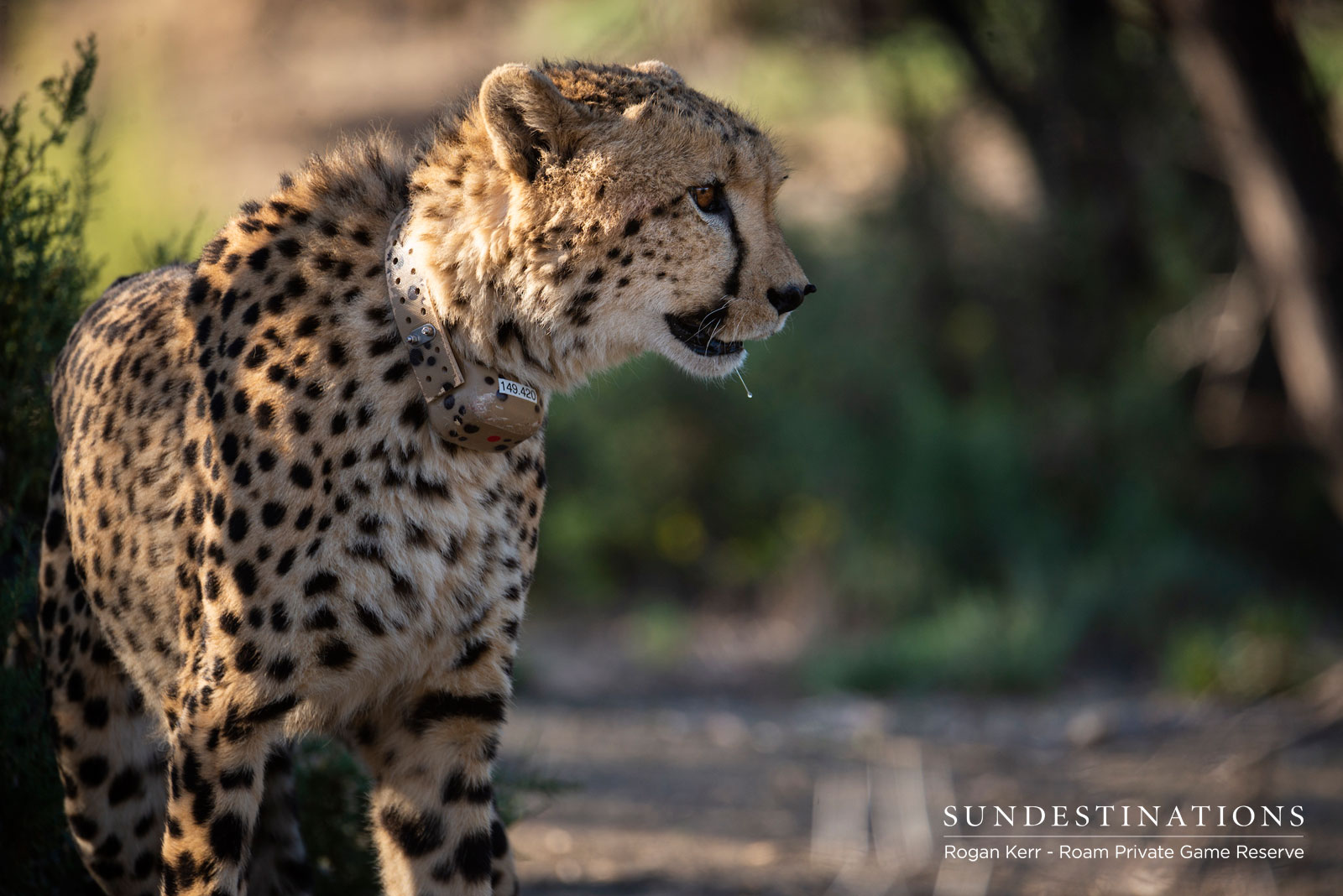
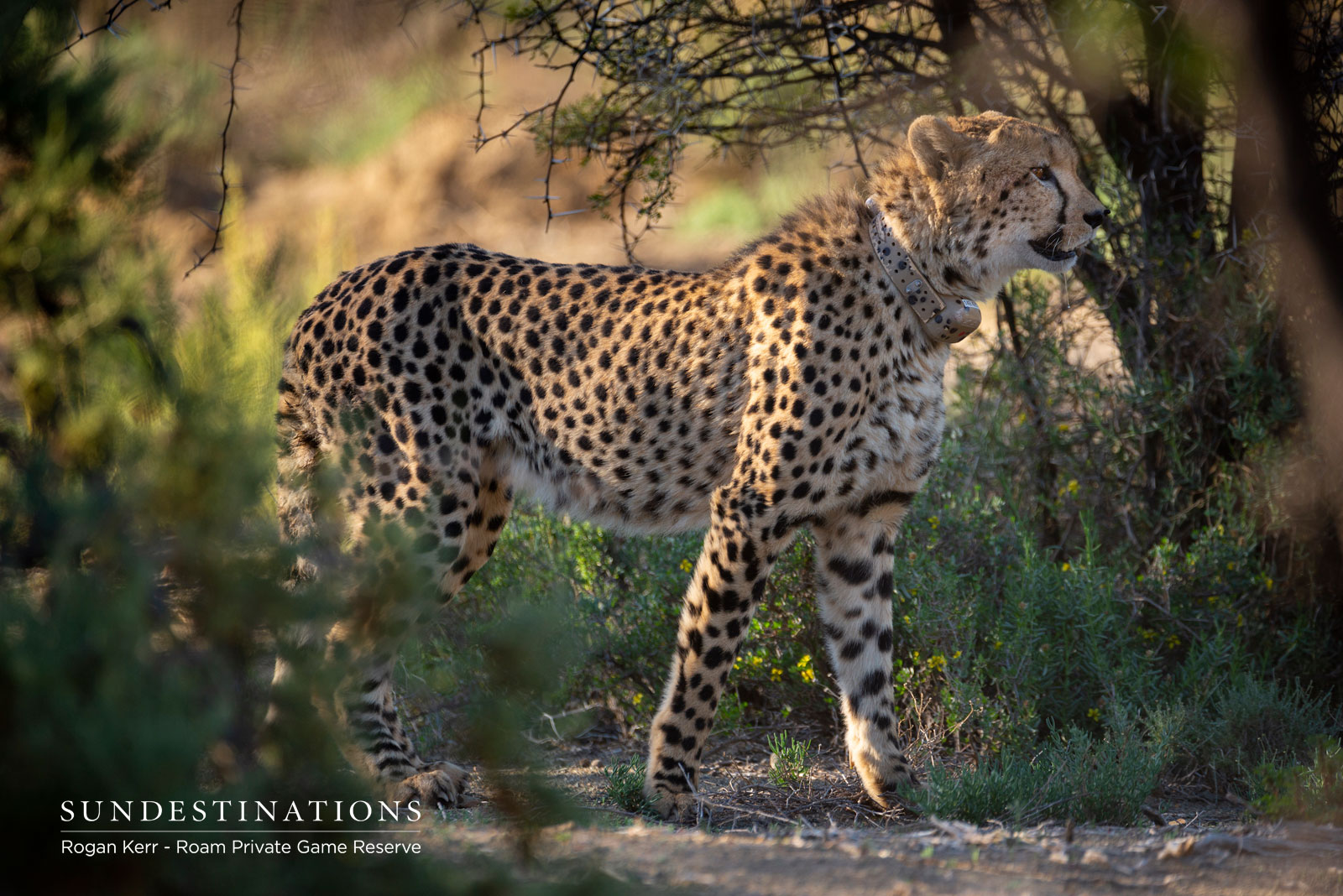
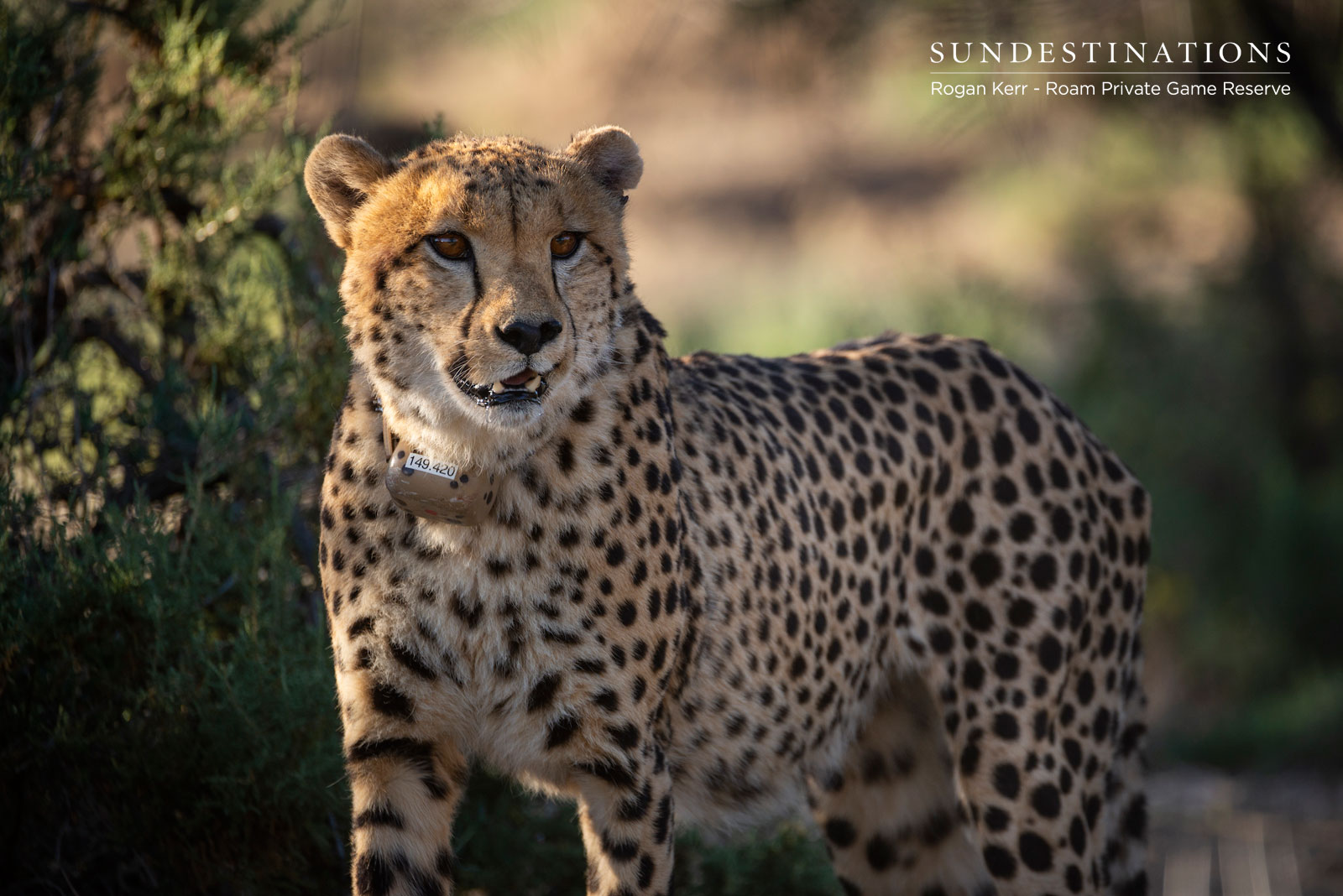
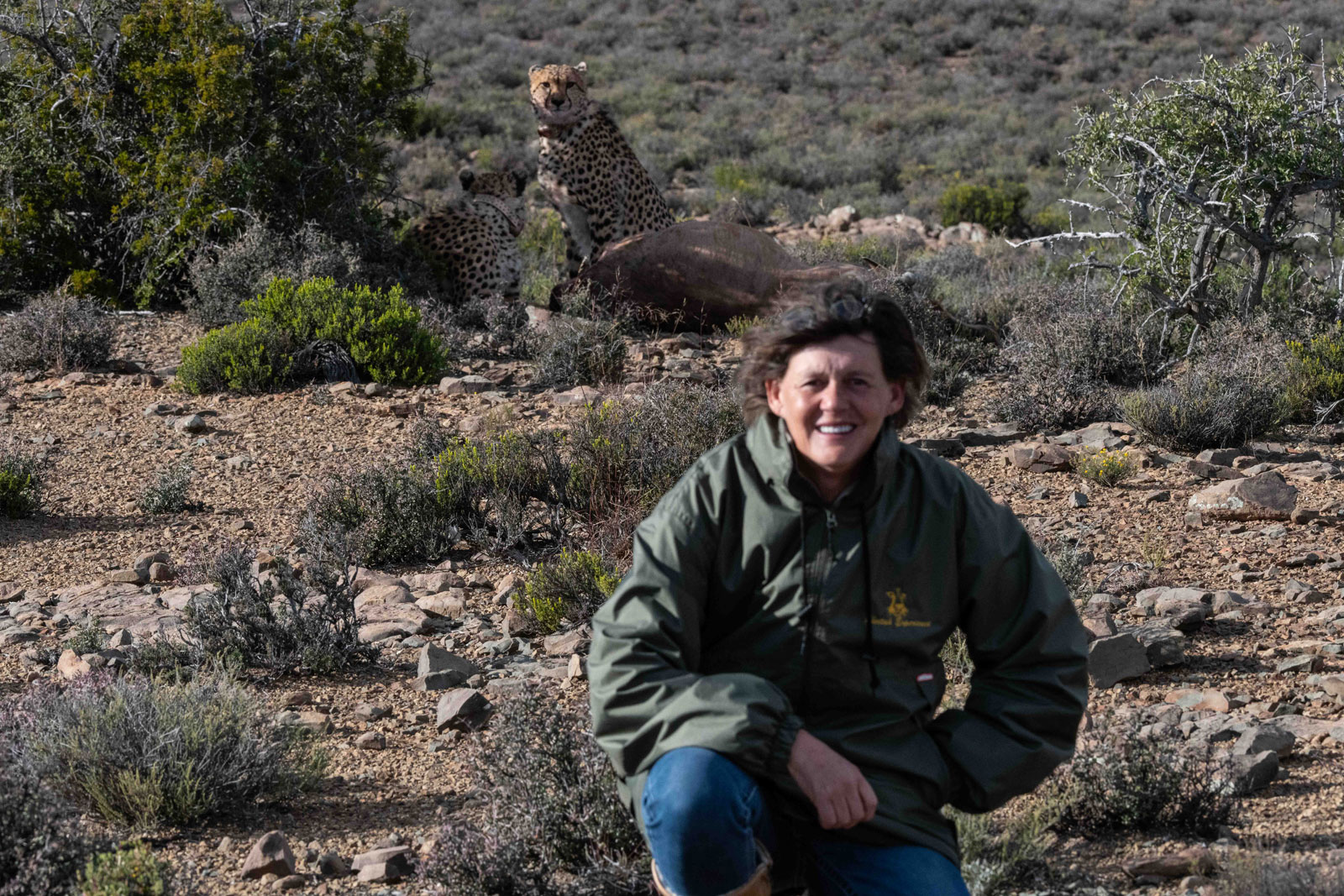
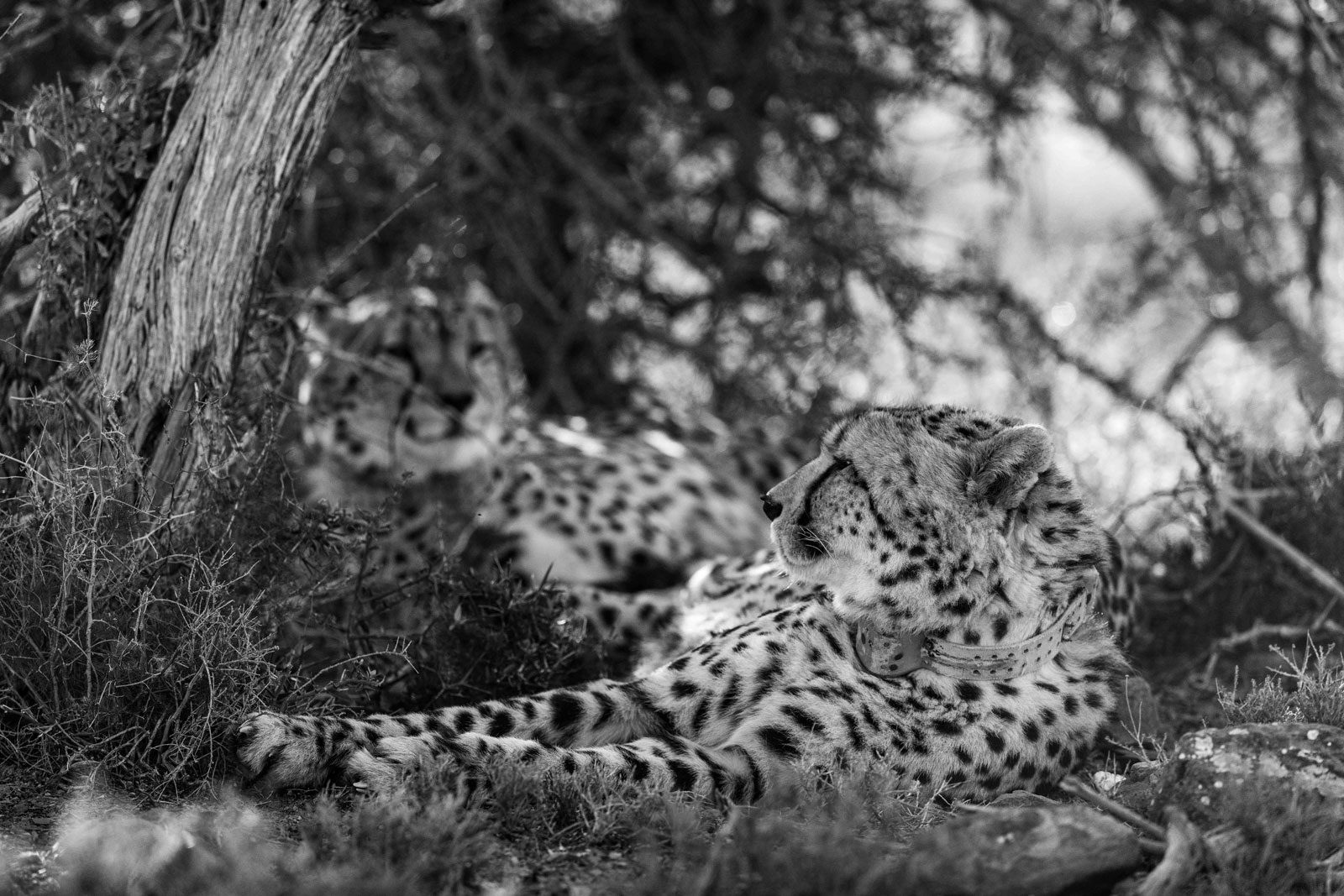
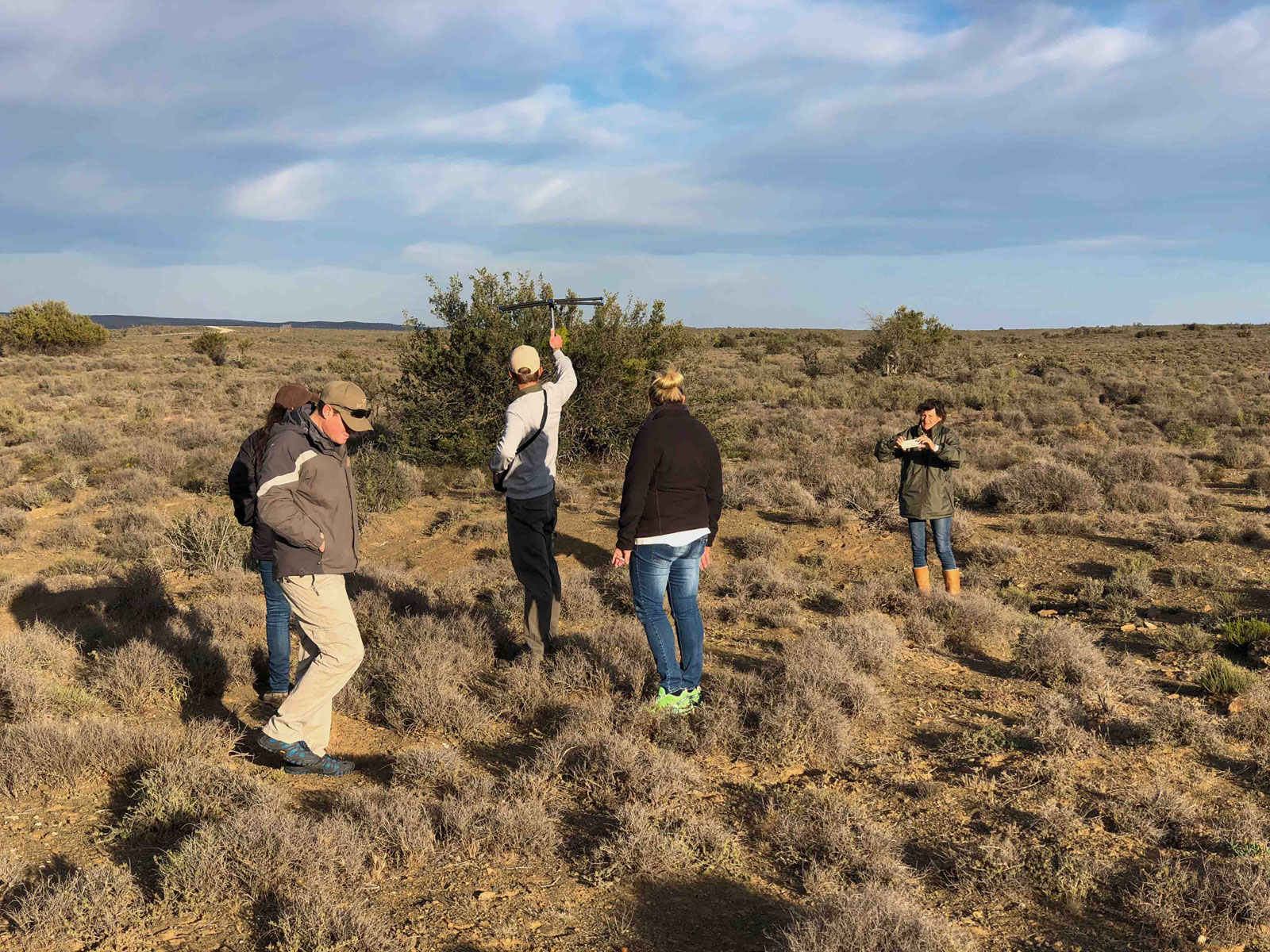
Leave a Comment